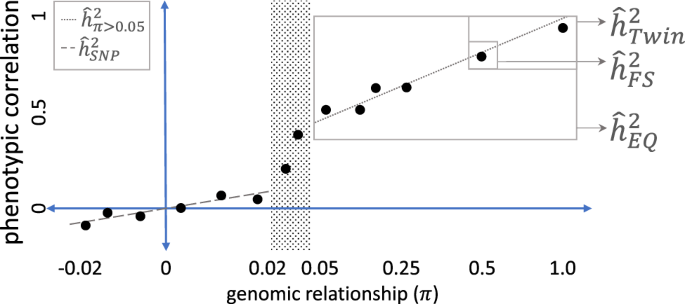

This is an open access article distributed under the terms of the Creative Commons Attribution License, which permits unrestricted use, distribution, and reproduction in any medium, provided the original author and source are credited.ĭata Availability: All data is available via the EMBL Nucleotide Sequence Database (ENA) ( ) repository with the accession number E-MTAB-2705. Received: ApAccepted: SeptemPublished: November 3, 2017Ĭopyright: © 2017 Martis et al.

Carlow, New England Biolabs Inc, UNITED STATES We discovered several transcripts associated with drug binding and processing genes, but further characterisation using a larger set of worms exposed to BZs in functional assays is required to determine how these are involved in drug binding and metabolism.Ĭitation: Martis MM, Tarbiat B, Tydén E, Jansson DS, Höglund J (2017) RNA-Seq de novo assembly and differential transcriptome analysis of the nematode Ascaridia galli in relation to in vivo exposure to flubendazole. Investigation of candidate transcripts responsible for anthelmintic resistance in livestock nematodes led to identification of several tubulins, including six new isoforms of beta-tubulin, and several ligand-gated ionotropic receptors and ABC-transporters. galli showed that transcripts annotated as mitochondrial glutamate dehydrogenase and cytochrome P450 were significantly down-regulated in treated worms, whereas transcripts homologous to heat shock proteins (HSP), catalase, phosphofructokinase, and a multidrug resistance P-glycoprotein (PGP1) were significantly up-regulated in treated worms. Transcriptional variations between treated and untreated A. galli to investigate the response in gene expression before and after exposure to the BZ drug flubendazole (FLBZ). Thus we developed a reference transcriptome of A. galli and there is an obvious risk of overuse of one drug class, selecting for resistance. Benzimidazoles (BZ) are currently the only anthelmintic registered in the EU for use in controlling A. As infection is associated with slow development of low levels of acquired protective immunity, parasite control relies on repeated use of dewormers (anthelmintics). This roundworm is an emerging problem in several European countries on farms with laying hens, as a consequence of the recent European Union (EU) ban on conventional battery cages. The nematode Ascaridia galli (order Ascaridida) is an economically important intestinal parasite responsible for increased food consumption, reduced performance and elevated mortality in commercial poultry production.


 0 kommentar(er)
0 kommentar(er)
